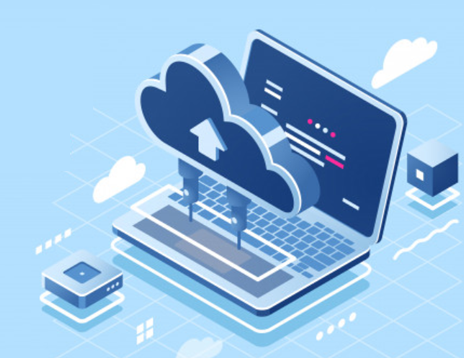How Does RMM Function?
In order to deploy RMM, MSPs need to install an agent or a piece of software on client servers, hypervisors, workstations, networking devices, laptops, and other endpoints. This will enable IT technicians to receive real-time data on the health of the client’s IT infrastructure, as well as control and monitor remote devices.
RMM software basically streamlines the entire IT service. It consolidates an assortment of tools and applications into a single dashboard. This comprehensive approach increases efficiency for companies of all shapes, sizes, and business models.

With just a click, MSPs can remotely access their customers’ devices in a secure fashion without disrupting business operations. From there, IT administrators know what’s going on; check and update operating systems and applications regularly; fix problems; and deploy other processes without stepping into the client’s office.
What Does RMM Software Do?
Some of the tasks of modern RMM tools include the following:
- Automatically creates an inventory of all devices on the network
- Monitoring and management of all endpoints from a remote location
- Quick installation of software updates and patches on all managed devices
- Send alerts regarding IT incidents and remediate them appropriately
- Tracking and reporting of system status and problems
RMM tools have improved throughout the years. Their new add-on features allow technicians to do more than just monitoring. Now, they can scan, secure, and back up data, and automate other processes remotely, removing the burden on their shoulders by offloading routine IT tasks.
From Break-Fix to Fully Managed: The Role of RMM
In earlier days, small IT companies just offer traditional break-fix services. This means they only get hired for a short time, specifically when the company encounters an IT issue. They would travel to the client’s location to analyze and fix network problems, and be paid a fixed fee for the services they rendered. However, the break-fix model brings unpredictability with regards to revenue generation and business sustenance.
The popularity of RMM tools allowed IT service providers to shift to a fully managed model. They can now proactively do network monitoring, detect issues, and troubleshoot them. This new setup provides more consistent revenue flow and a better insight into the state of the IT environments that are being managed.
Is RMM Good for IT Departments?
Although RMM software is mostly used by MSPs, the functionalities of RMM are also applicable to the needs of internal IT teams. Companies that have internal IT teams can make use of RMM functionalities to manage their endpoints, secure maximum uptime, and automate common IT processes. However, these teams do not call them RMM per se but “endpoint management software” or “network monitoring software.”
Things to Look for in Your RMM Solution
As IT environments become more sophisticated nowadays, IT professionals need RMM software that not only meet but also exceed the most basic requirements. Your RMM solution should be able to deliver the best service despite having limited resources. Here are some of the things that you should look for in your RMM solution.
Integrated management
Remote monitoring and management tools should give you a quick overview of your IT environment health. It should allow you to monitor and control all your managed devices, regardless of the location, from a single dashboard.
A pay-as-you-go pricing model
Why pay for 200 nodes when you only need half of it? Your RMM service must be flexible enough to adjust your features up or down based on your specific requirements. A pay-as-you-go model lets you purchase incrementally as your company scales.
Hassle free integration
If you have an existing Professional Services Automation (PSA) program installed in your system, you may want an RMM system that can work together with it. The RMM should generate a ticket in your Help Desk, Incident Management, or PSA tool as soon as a monitoring alert is prompted so you can check on the issue and resolve it before it worsens.
Reduced Costs
Routine IT processes done automatically, whether server maintenance, software patch management, or auto-remediation of issues, saves companies overhead costs.
Final Thoughts
If you’re looking for RMM service, choose a provider that has a solid track record and pricing that suits your budget. RMM software provided by Itarian is proactive and highly responsive, enabling you and your customers to be at the forefront of emerging innovations.